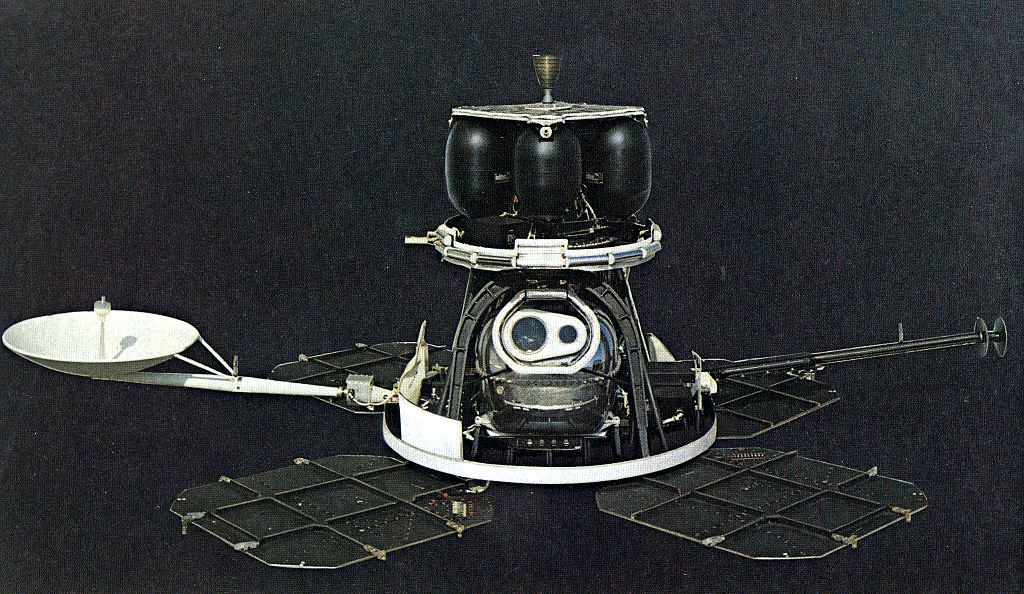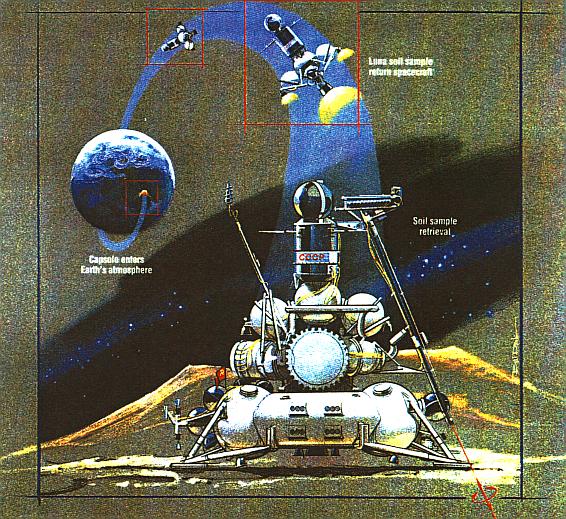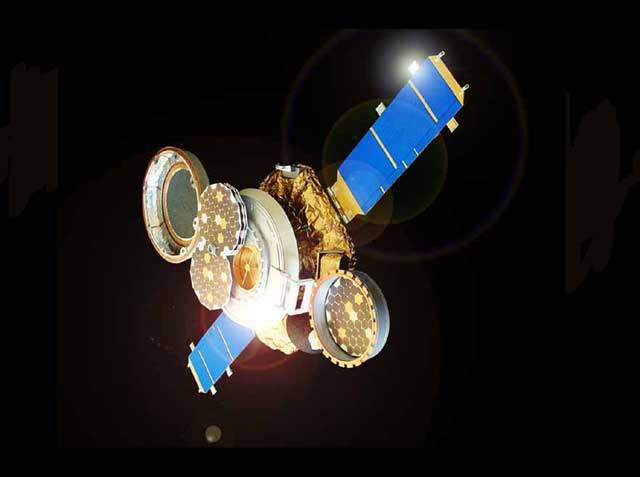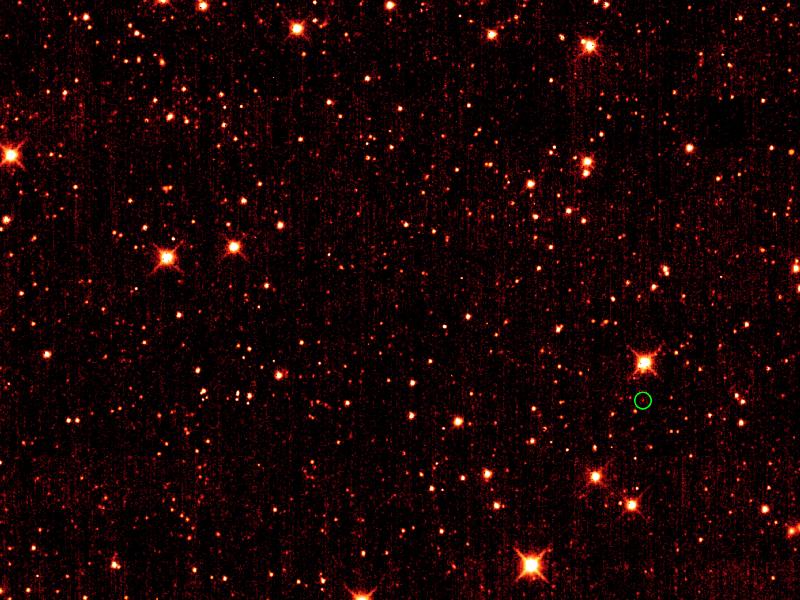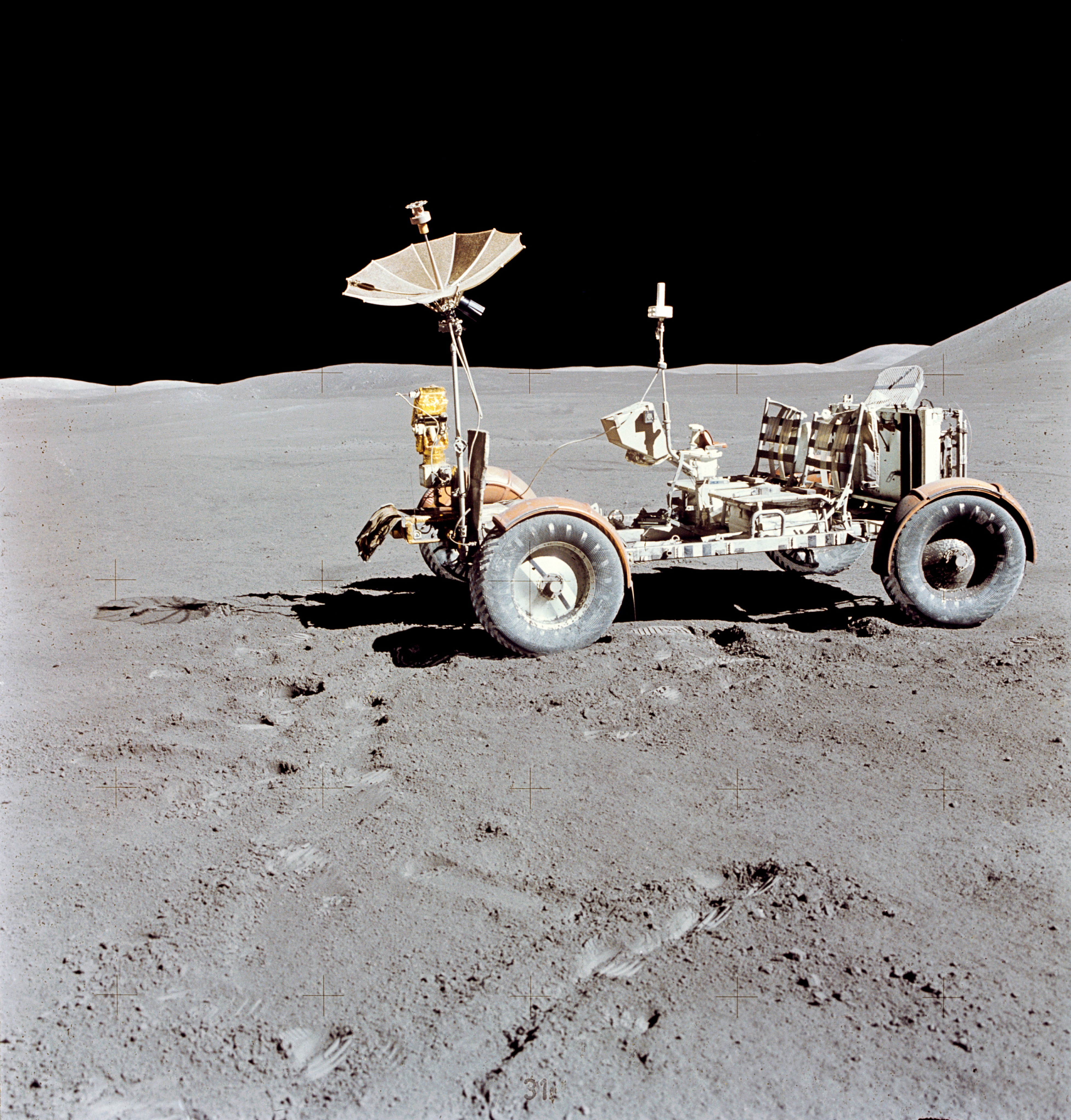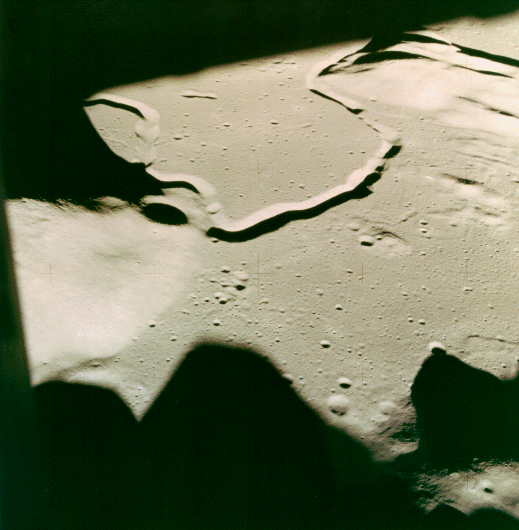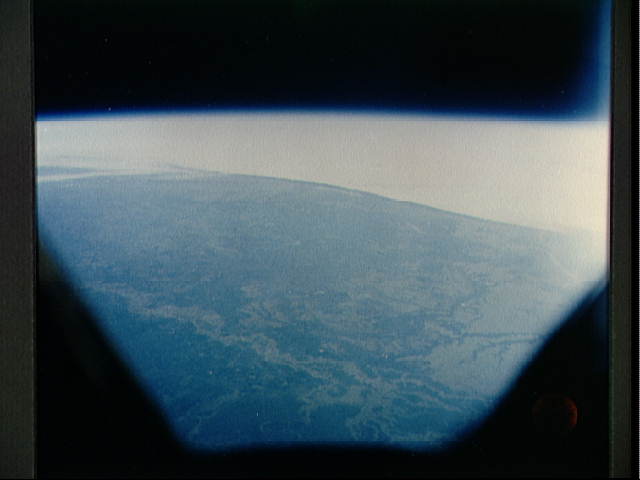My friends with more stories in print than I have many different perspectives on reviews. Some avoid anything that smacks of a review, others read every review and pay them greater or lesser amounts of heed, and some study the reviews — good or bad — to see what lessons they can learn from them to improve their craft.
I would like to take that final approach, but only time (and hopefully some future publications) will tell. But with that as an aim, at least, I’ve read a few reviews of “Therapeutic Mathematics and the Physics of Curve Balls,” my story in the September issue of Analog.
Most recently, Tangent Online‘s Sherry Decker posted a quite positive review:
Does Joey run after the scientist or return to the freak show and protect his only friends? It’s an agonizing choice.
This SF/F story takes place in the early 1940s, right about the time J. Robert Oppenheimer’s involvement in the Manhattan Project succeeded in changing the world forever. Who, other than Gray Rinehart ever imagined solving the final equation was due to the genius and youngest member of Fineas Ferguson’s Fabulous Freakshow on his one, lonely, stolen day?
Sensitive character creation, believable atmosphere, clever conclusion. Well done. I enjoyed it.
To balance the scale, the eminent Lois Tilton at Locus posted a neutral review a few weeks ago:
An interesting enough situation, but weak on resolution, offering one of those ambiguous endings that don’t quite tell us what the character has chosen and definitely not what will come of his choice. There are some rather tantalizing hints of WWII secrets, but nothing comes of them.
To some people that might come across as negative, but the fact that she thought the story situation was interesting and that I served up “tantalizing hints” of more is, to my way of thinking, pretty good.
Elsewhere on the web, SFRevu’s Sam Tomaino called the story “a nicely told tale with a good sense of the time in which it was taking place,” and British reviewer John Fairhurst said it was “a rather nice tale with the bleakness of Joey’s life in the show being counterpointed by flashbacks to his life with his father” and “eventually, an uplifting tale.”
All the reviews aren’t in, of course, and doubtless some readers will not have enjoyed the story at all. I’m pleased that anyone enjoyed it, but most especially that Dr. Schmidt enjoyed it enough to publish it!
This goes to show, I think, that every story is not for every reader. Still, I appreciate the work the reviewers do month in and month out — living deep in the slush pile as I do, I do NOT envy them their task — and I hope to use the comments, good or bad, to make my next stories even better.
And in the end I can always reflect on the fact that this issue had a FANTASTIC cover:
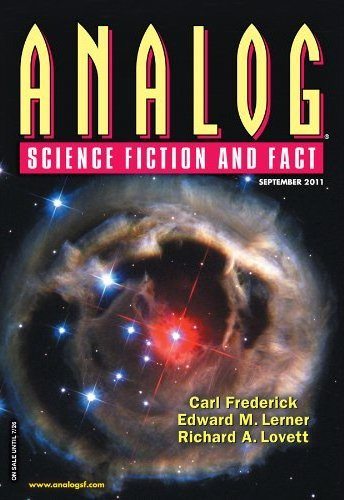



 by
by 




